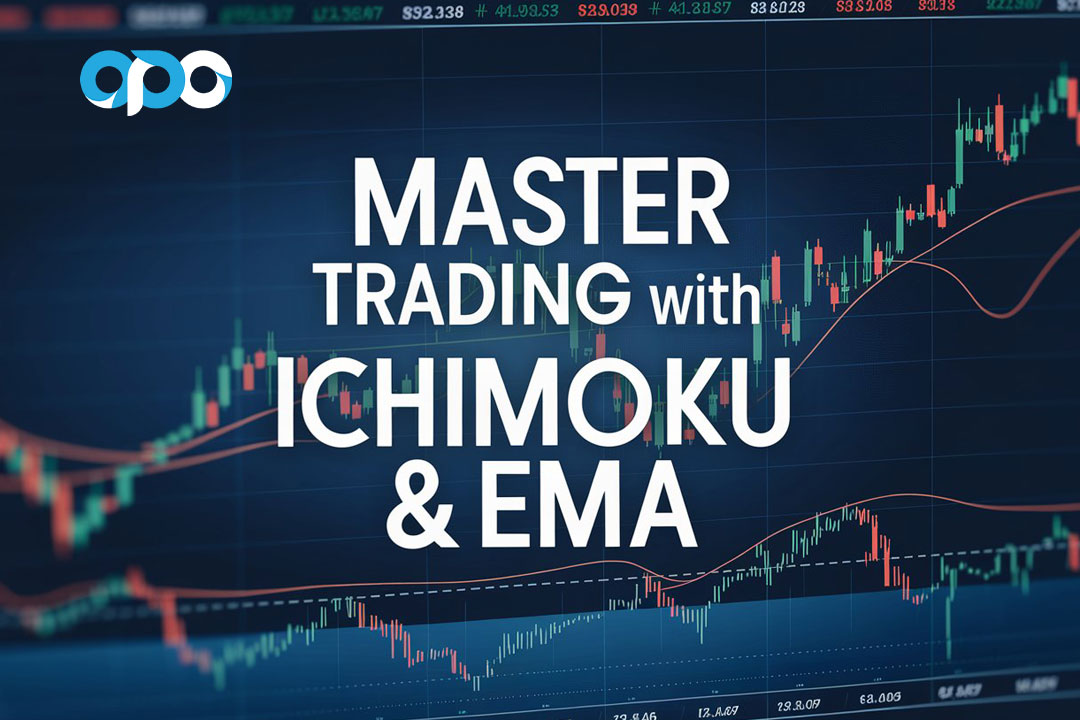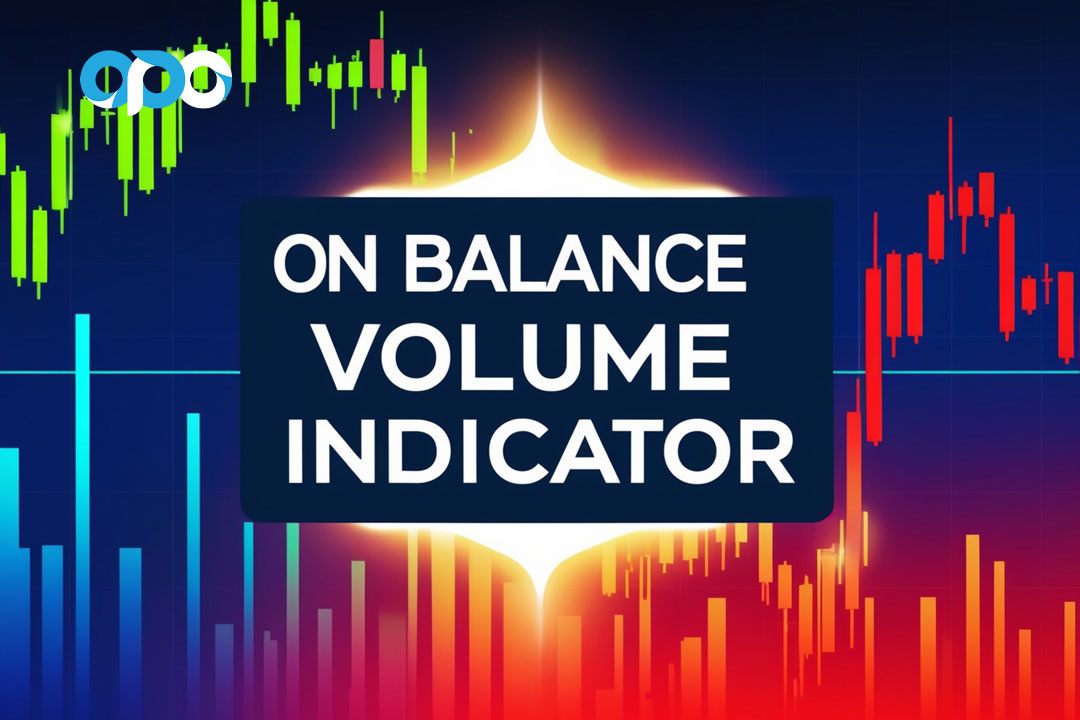Are you ready to transform your forex trading game and consistently rake in profits? The 100 pips a day trading strategy is your ticket to forex trading success. This powerful approach has the potential to generate substantial daily returns, making it a go-to method for traders aiming to maximize their profits in the currency markets. By mastering this strategy, you can potentially secure a steady stream of daily profits, targeting an impressive 100 pips per day in the volatile world of currency exchange.
In this comprehensive guide, we’ll dive deep into the intricacies of the 100 pips a day trading strategy, exploring how to make 100 pips a day in forex and providing you with the tools you need to succeed. Whether you’re a seasoned trader looking to refine your skills or a newcomer seeking a reliable online forex broker to start your journey, this article has got you covered. We’ll uncover the secrets to consistent profitability, risk management techniques, and the mindset required to achieve your 100 pips daily target.
Understanding the 100 Pips a Day Trading Strategy
What Are Pips?

Before we delve into the strategy itself, it’s crucial to understand what pips are. In forex trading, a pip (percentage in point) is the smallest price movement in an exchange rate. For most currency pairs, a pip is equal to 0.0001 of the quoted price. For example, if the EUR/USD moves from 1.1000 to 1.1001, that’s a one-pip movement.
The Concept Behind 100 Pips a Day
The 100 pips a day trading strategy is based on the idea of consistently capturing a set number of pips each trading day. While 100 pips is the target, the actual number can vary depending on market conditions and individual trading styles. The key to this strategy is discipline, risk management, and a deep understanding of market dynamics.
Key Components of the 100 Pips a Day Strategy
- Market Analysis

Successful implementation of the 100 pips a day strategy requires thorough market analysis. This includes:
- Technical Analysis: Utilizing charts, indicators, and patterns to identify potential entry and exit points.
- Fundamental Analysis: Staying informed about economic events, news releases, and geopolitical factors that can impact currency values.
2. Currency Pair Selection

Choosing the right currency pairs is crucial for the success of the 100 pips a day strategy. Focus on:
- Major Pairs: EUR/USD, GBP/USD, USD/JPY, and USD/CHF are popular choices due to their liquidity and volatility.
- Exotic Pairs: Consider pairs like USD/TRY, USD/ZAR, or USD/MXN for higher volatility and potential larger movements.
- Crosses: Pairs like EUR/GBP, GBP/JPY, or AUD/NZD can offer unique opportunities.
- Commodity Currencies: AUD/USD, USD/CAD, and NZD/USD often show significant daily movements.
For traders looking to diversify beyond currency pairs:
- Indices: Major stock indices like the S&P 500, NASDAQ, or DAX can exhibit high volatility.
- Metals: Gold (XAU/USD) and Silver (XAG/USD) are known for their substantial price swings.
When selecting your trading instruments, consider:
- Volatility: Choose pairs that typically move at least 100 pips within your trading timeframe. According to a study by BIS, EUR/USD and USD/JPY are among the most traded pairs, accounting for over 40% of global forex turnover.
- Spread: Opt for pairs with tight spreads to minimize trading costs.
- Correlation: Understand how different pairs move in relation to each other to diversify risk.
Remember, while high volatility can lead to larger profits, it also comes with increased risk. Always adjust your position sizing and risk management strategies accordingly.
3. Risk Management
Protecting your capital is paramount. Implement strict risk management rules:
- Stop Loss: Always set a stop loss to limit potential losses. A common practice is to set stop losses at 1% of your account balance.
- Position Sizing: Never risk more than 1-2% of your trading account on a single trade. This ensures that a string of losses won’t deplete your capital.
- Risk-Reward Ratio: Aim for a minimum 1:2 risk-reward ratio to ensure long-term profitability. This means that for every pip you risk, you should aim to gain at least two.
4. Time Frame Selection
The 100 pips a day strategy can be applied to various time frames:
- Day Trading: Focus on 1-hour or 4-hour charts for intraday movements.
- Swing Trading: Utilize daily charts for multi-day positions.
- Scalping: For more aggressive traders, 5-minute and 15-minute charts can be used, but require intense focus and quick decision-making.
5. Entry and Exit Strategies
Develop clear rules for entering and exiting trades:
- Entry Triggers: Use a combination of indicators, price action, and support/resistance levels to identify optimal entry points.
- Exit Strategies: Set take-profit orders at your 100-pip target and adjust stop losses to protect profits as the trade moves in your favor.
Implementing the 100 Pips a Day Trading Strategy

To successfully implement the 100 pips a day trading strategy, we’ll focus on price action-based techniques. Price action trading relies on analyzing the movement of price itself, rather than solely depending on indicators. This approach can provide clearer signals and a deeper understanding of market dynamics.
Step 1: Prepare Your Trading Environment
- Choose a reliable forex trading platform with clean, easy-to-read charts.
- Set up your charts with minimal indicators. For price action trading, you might only need:
- Support and resistance lines
- Trend lines
- Moving averages (optional, for trend confirmation)
- Create a trading journal to track your progress and learn from your trades.
Step 2: Conduct Pre-Market Analysis
- Review economic calendars for important news events that could impact your chosen currency pairs.
- Analyze daily and weekly charts to identify overall market trends.
- Mark key support and resistance levels on your charts.
Step 3: Identify Trading Opportunities Using Price Action
- Look for strong trend continuation setups:
- Bullish Trend: Identify higher highs and higher lows.
- Bearish Trend: Look for lower highs and lower lows.
- Spot potential reversal patterns:
- Pin Bars: Candles with long wicks and small bodies, indicating rejection of a price level.
- Engulfing Patterns: A large candle that completely engulfs the previous candle, suggesting a potential trend reversal.
- Double Tops/Bottoms: Price reaching a level twice and failing to break through, indicating a potential reversal.
- Recognize consolidation patterns:
- Flags and Pennants: Short-term consolidation patterns that often precede trend continuation.
- Triangles: Converging trendlines that can lead to breakouts.
- Use multi-timeframe analysis:
- Confirm the trend on higher timeframes (4-hour or daily).
- Look for entry opportunities on lower timeframes (1-hour or 30-minute).
Step 4: Execute Trades with Precision
- Enter trades when you identify a high-probability setup:
- Trend Continuation: Enter after a pullback to a support/resistance level in the direction of the main trend.
- Breakouts: Enter when price convincingly breaks through a key support or resistance level.
- Reversal: Enter after confirmation of a reversal pattern, such as a pin bar or engulfing candle at a key level.
- Set your stop loss immediately:
- For trend trades: Place the stop loss below the most recent swing low (for longs) or above the most recent swing high (for shorts).
- For breakout trades: Place the stop loss on the other side of the broken support/resistance level.
- For reversal trades: Place the stop loss beyond the high/low of the reversal candle.
- Determine your take profit level:
- Aim for at least a 1:2 risk-reward ratio.
- Use previous support/resistance levels or round numbers as potential take profit targets.
- Consider taking partial profits at key levels and moving your stop loss to breakeven.
Step 5: Manage Your Trades
- Use trailing stops to protect profits as the trade moves in your favor:
- Move your stop loss to breakeven once the trade has moved in your favor by the amount you initially risked.
- Continue to trail your stop loss behind the price action, using swing highs/lows or a moving average as a guide.
- Monitor price action for potential exit signals:
- Watch for reversal patterns or signs of weakening momentum that might suggest it’s time to exit the trade.
- Be prepared to exit early if the price action doesn’t behave as expected.
- Stay disciplined and avoid emotional decision-making:
- Stick to your pre-defined trading plan.
- Don’t be tempted to move stop losses further away or hold losing trades in hope of a reversal.
Step 6: Review and Refine
- After each trading session, review your trades:
- Analyze both winning and losing trades to understand what worked and what didn’t.
- Look for patterns in your trading behavior and results.
- Update your trading journal with insights and lessons learned.
- Regularly assess your overall performance:
- Calculate your win rate and average risk-reward ratio.
- Identify areas for improvement and adjust your strategy accordingly.
Remember, the goal of 100 pips a day is an average target. Some days you may exceed this, while other days you may fall short. The key is consistent, disciplined trading over time.
Psychological Aspects of the 100 Pips a Day Strategy
Achieving consistent profits with the 100 pips a day strategy requires not only technical skill but also strong mental discipline. Here are some psychological tips to help you succeed:
- Maintain Realistic Expectations: Remember that not every day will yield 100 pips. Some days may be more, some less. Focus on consistent execution rather than hitting an exact daily target.
- Develop Patience: Wait for high-probability setups rather than forcing trades to reach your daily goal. Quality over quantity is crucial for long-term success.
- Manage Emotions: Learn to recognize and control emotions like fear and greed. These can lead to impulsive decisions that deviate from your trading plan.
- Practice Mindfulness: Stay present and focused during your trading sessions. Avoid distractions and maintain a clear, calm state of mind.
- Embrace Losses: Understand that losses are a part of trading. Learn from them rather than letting them discourage you or lead to revenge trading.
- Celebrate Small Wins: Acknowledge your successes, no matter how small. This positive reinforcement can help maintain motivation and discipline.
- Continual Learning: Stay humble and always be open to learning. The market is constantly evolving, and so should your skills and knowledge.
Risk Management: The Foundation of Sustainable Profits
While aiming for 100 pips a day is an admirable goal, it’s crucial to prioritize risk management to ensure long-term success. Here are some key principles to follow:
- Position Sizing: Never risk more than 1-2% of your account on a single trade. This ensures that a string of losses won’t significantly deplete your capital.
- Use Stop Losses: Always set a stop loss for every trade. This defines your maximum risk and protects you from catastrophic losses.
- Risk-Reward Ratio: Aim for a minimum 1:2 risk-reward ratio. This means that for every pip you risk, you should aim to gain at least two.
- Correlation Awareness: Be cautious when trading multiple correlated pairs. This can inadvertently increase your overall risk exposure.
- Adapt to Volatility: Adjust your pip targets and stop losses based on current market volatility. In highly volatile conditions, you might need wider stops but can also aim for larger targets.
- Use Proper Leverage: While leverage can amplify gains, it also increases risk. Use leverage judiciously and in line with your risk tolerance.
- Regular Review: Periodically review your risk management practices. As your account grows or market conditions change, you may need to adjust your approach.
OpoFinance Services: Your Partner in Forex Success
When it comes to implementing your 100 pips a day trading strategy, choosing the right forex broker is crucial. OpoFinance stands out as an ASIC-regulated broker, offering a secure and reliable platform for your forex trading endeavors. With their commitment to transparency and customer satisfaction, OpoFinance provides traders with a range of powerful tools and resources to enhance their trading experience.

One of OpoFinance’s standout features is their innovative social trading service. This platform allows you to connect with and learn from successful traders, potentially boosting your own performance as you work towards your 100 pips a day goal. By leveraging the collective wisdom of the trading community, you can refine your strategy and gain valuable insights into market trends and opportunities.
Conclusion
The 100 pips a day trading strategy, when implemented with a focus on price action and proper risk management, offers a structured approach to achieving consistent profits in the forex market. By combining thorough market analysis, disciplined execution, and a deep understanding of price dynamics, traders can work towards this ambitious yet attainable goal.
Remember, success in forex trading doesn’t happen overnight. It requires dedication, continuous learning, and the ability to adapt to changing market conditions. As you embark on your journey to master the 100 pips a day strategy, stay focused on your long-term goals and remain committed to your trading plan.
With persistence, the right mindset, and a solid grasp of price action techniques, you can unlock the potential of this powerful strategy and take your forex trading to new heights. Keep refining your skills, stay disciplined in your approach, and always prioritize risk management. In time, you may find that consistently capturing 100 pips a day is not just a dream, but an achievable reality in your trading career.
Is it realistic to aim for 100 pips every single day?
While the 100 pips a day strategy provides a target to strive for, it’s important to understand that forex markets are dynamic and unpredictable. Some days may yield more than 100 pips, while others may fall short. The key is to focus on consistent, disciplined trading rather than fixating on an exact daily pip count. Successful traders often view the 100-pip goal as an average over time, allowing for natural market fluctuations.
How much capital do I need to start implementing the 100 pips a day strategy?
The capital required to implement this strategy effectively can vary based on your risk tolerance and the currency pairs you’re trading. However, a general guideline is to have at least $5,000 to $10,000 in your trading account. This allows for proper risk management, typically risking no more than 1-2% of your account on any single trade. Remember, it’s not just about having enough capital, but also about preserving and growing it through smart risk management practices.
Can the 100 pips a day strategy be automated using trading bots or algorithms?
Yes, it is possible to automate aspects of the 100 pips a day strategy using trading bots or algorithms. However, this requires advanced programming skills and a deep understanding of both the strategy and the technical aspects of algorithmic trading. While automation can remove emotional decision-making and allow for 24/7 trading, it’s crucial to thoroughly backtest and forward test any automated system before using it with real money. Many successful traders prefer a semi-automated approach, using algorithms for analysis and alerts while maintaining human oversight for final trade decisions.








